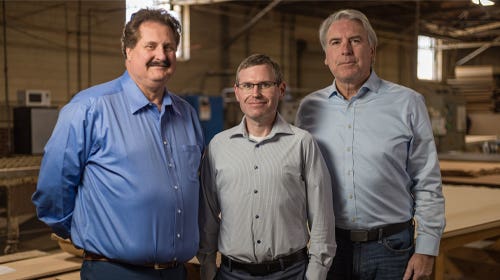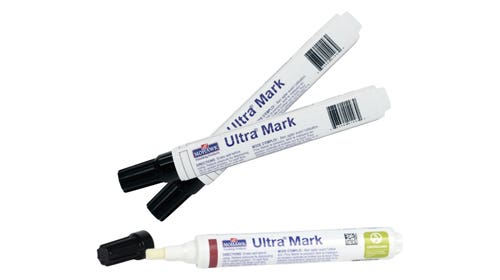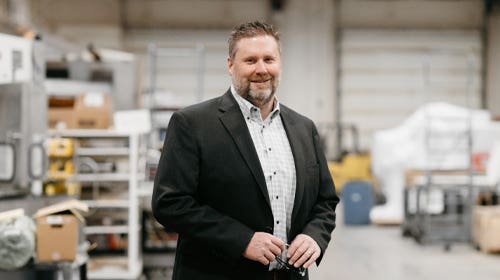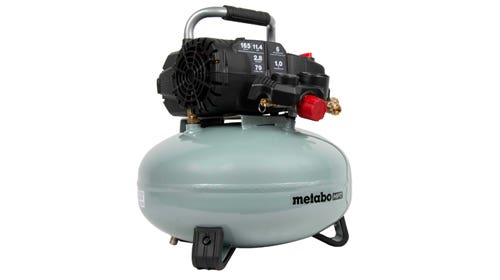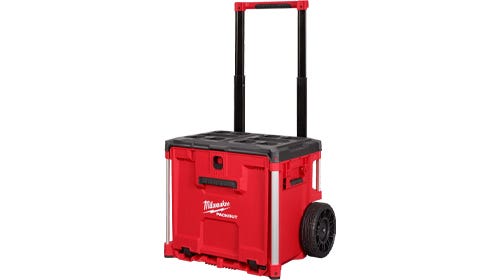USGBC launches third annual Green Schools Campaign
Riding on the success of previous years, the U.S. Green Building Council is set to begin the third year of its National Green Schools Campaign, a broad-based initiative involving policymakers,…
Riding on the success of previous years, the U.S. Green Building Council is set to begin the third year of its National Green Schools Campaign, a broad-based initiative involving policymakers, teachers, parents and students who want to substantially improve the indoor environmental quality of America's schools, along with making them more energy-, water- and resource-efficient.
On Sept. 8, USGBC and 11 educational and environmental groups kicked off the Coalition for Green Schools at a meeting featuring remarks by U.S. Undersecretary of Education Martha Kanter about the multiple, but critically important, pathways for greening America's schools. This alliance between the nation's leading educational and environmental organizations brings together the country's strongest advocates for healthy, safe and sustainable K-12 learning environments prized for their contribution to higher test scores among students, higher retention among teachers and lower absenteeism rates for both groups because of improved indoor air quality.
On the heels of the coalition event, Adobe Systems announced its support of the Mayors' Alliance for Green Schools by funding renovation and repair projects for three schools identified by the alliance in three U.S. cities including Boston, Chicago and San Francisco. The alliance, initiated in October 2008 by Miami mayor Martin Diaz and Seattle mayor Greg Nickels in partnership with USGBC, is a coalition of mayors across the country looking to promote the benefits of green schools in their communities.
Later this month, USGBC will host its second annual Congressional Advocacy Day, bringing more than 100 advocates from USGBC Chapters to Washington, to call on their congressional representatives about the importance of green schools, and to thank them for their support of the stimulus funding that is helping make the renovation and repair of many schools possible. USGBC has also begun Year 2 of its 50 for 50 Initiative.
About 20 percent of the nation's population spends their days in a K-12 school, and too many of those schools are substandard by any measure, says Rick Fedrizzi, president and CEO of the USGBC. Fedrizzi emphasizes that green schools cost less money to operate and use substantially less energy and water. Those savings add up and put money back into the classroom. On average, green schools save $100,000 per year, which could pay for two new teachers, buy 100 new computers, or purchase 5,000 new textbooks.
For information, visit www.buildgreenschools.org or www.usgbc.org.


